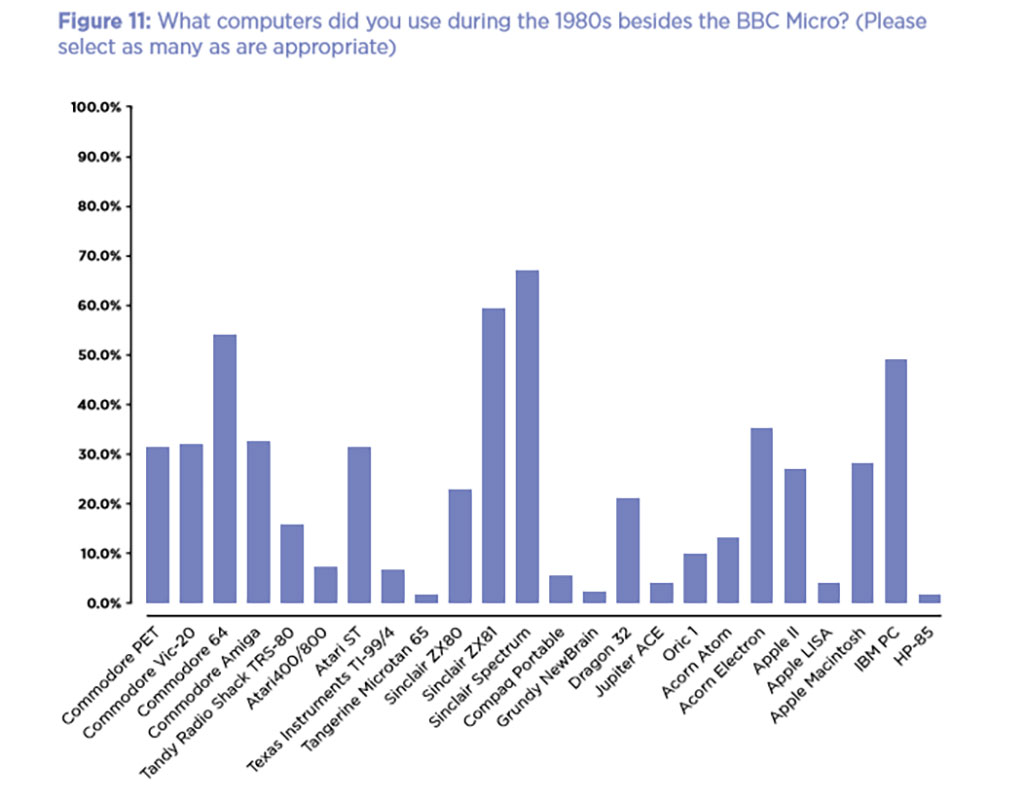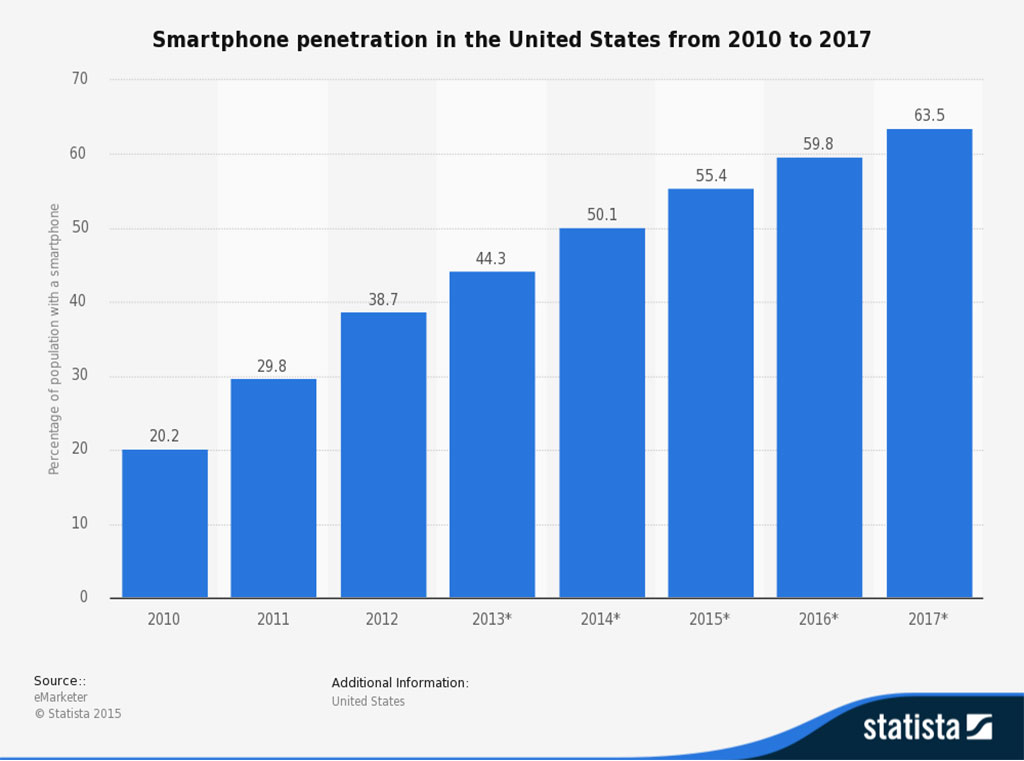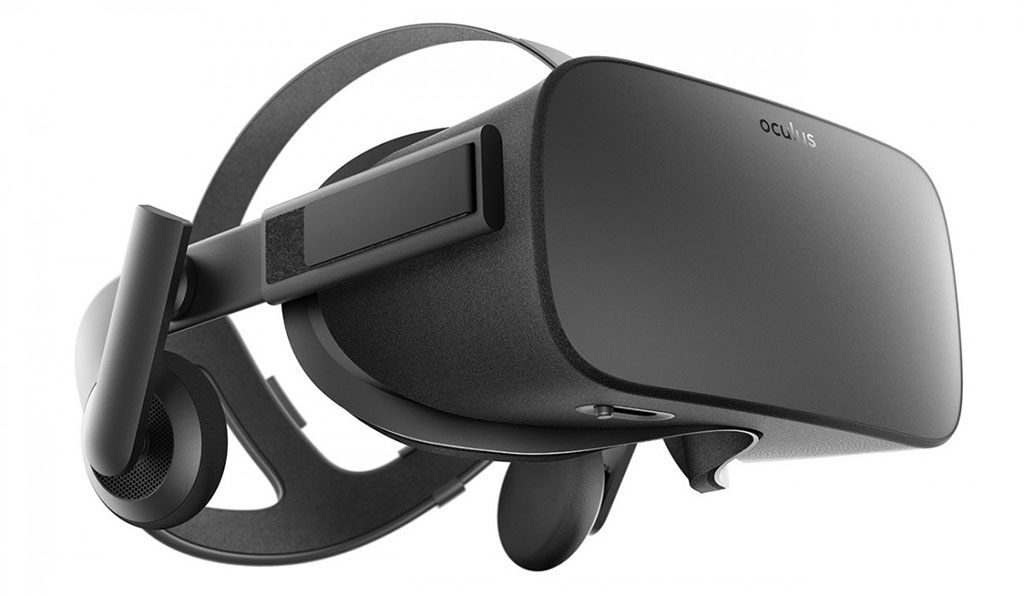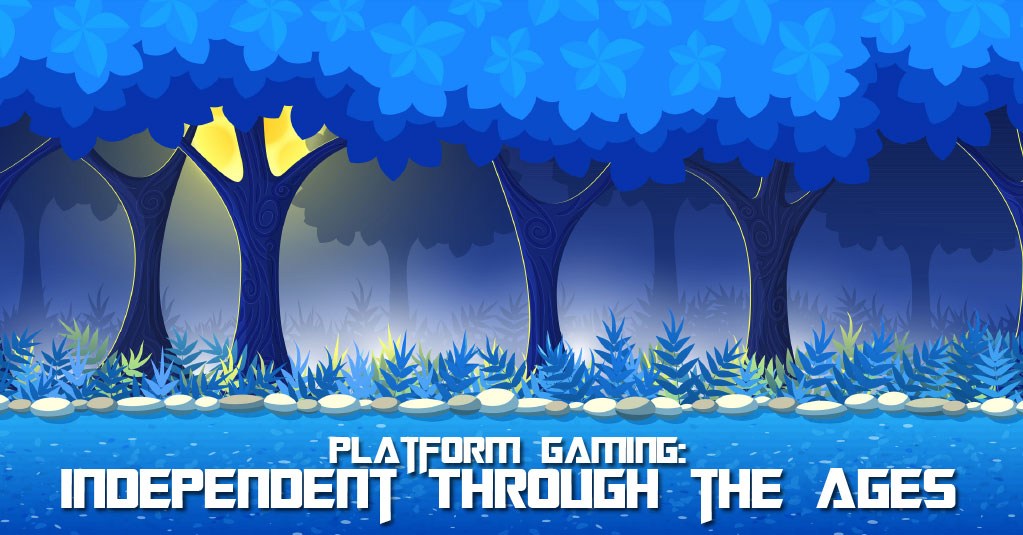Platform Gaming: Independant Through the Ages
An overview of the rise and continuing relevance of independent developers in gaming.
Recent history is littered with the vapid carcasses and wasted potential of unsuccessful games. Hulking monstrosities are regularly launched onto the red carpet with all the slick gloss that only AAA game studios can muster, dazzling the buying public with charm and eventually ending up on the covers of the gaming rags for all the wrong reasons. No matter how enormous the studio, experienced the developers, or talented the designers, abject failure is easy to achieve. However, between the shelves of generic shooters and incremental sports sims, a few genuinely original titles still stand out amongst their peers and continue to bring adventures to players.
The Bedroom Coder
Some of the most individual and innovative titles to adorn our screens do not necessarily come from large studios. Rather, they are born of independent thought and original concepts. These are the successes of the independent sector. Small teams and bedroom coders have been part of the gaming industry for almost as long as home gaming systems existed. These dreamers were initially able to bring quirky, crazy, and creative ideas to reality thanks to the early era of home computing. A fortuitous explosion in microprocessor technology in the early 1970’s and frugal economics produced a series of systems that entered homes with little functionality beyond their core operating system and the BASIC programing environment. While this was not ubiquitous across the market, the BASIC compiler allowed end users to construct, manipulate, and control what the box in their front room actually did. From reprograming software, hacking code, to building their own fantasies, the emerging home computing market brought about the birth of the indie scene.
The Legacy of the Microprocessor Revolution
A swathe of affordable, easily to access computers gave players the tools to start building their own worlds and engaged a generation of innovative software developers, in the seventies and eighties. Respondents to a Nesta survey (Blyth, 2012) on the legacy of the BBC Microcomputer revealed that the majority of participants initially engaged with computers such as the Micro, Atari, and Commodore during this period and used thempredominantly to play games and code.

Above Graph taken from (Blyth, 2012)
This, in part, helped cement a legacy of computer innovations. Some of the UK’s most successful software developers started programming during this period. Richard Jones, a founder of Last.fm, began programming on the BBC Micro. The Sinclair ZX81 even influenced the town of Dundee, where a cluster of development studios produced smash hits like Lemmings and Grand Theft Auto.
The impact of the computer revolution cannot be understated but its impact was felt far before the turn of this century. Ironically, early game studios, of the type that sprouted in the seventies and eighties were compared to modern day indie teams by Edmund McMillen of Team Meat (Parker, 2011) and this is somewhat true. Games such as Manic Miner, Populous, and even Football Manager are examples of titles born of this creative spark which still resonate in today’s market.
The first incarnation of a football management simulator kicked off in 1982 and was developed by Kevin Toms, a professional computer programmer from England. His inspiration spawned a whole series of management simulators and the name Football Manager is still used today. Sports Interactive’s own Football Manager was developed by two British brothers, Paul and Oliver Collyer, in the early 1990s and released under the name Championship Manager. The Collyer brothers represent a story that typifies many independent developers at this time. They developed the Championship Manager game in their bedroom and initially published the game on the Amiga and Atari ST, in September 1992. Despite a lack of interest from some major publishers, the success of the game led to a series of sequels that span multiple platforms and continue to be global hits. The latest iteration still ranks in the UK top 30 (GFK, 2015) games chart at the end of 2015. The fate of the Championship Manager franchise also typifies the current state of the gaming industry.
As gaming moved out of a period of revolutionary growth, originality waned and the influence of mavericks faded. Iteration replaced original thought and financial realities took hold. Massive studio titles, sure fire hits, and open goals are the dominant feature in the remainder of today’s charts. The market is now ruled by the biggest players on the pitch. Huge studios and massive games accompany revenues (Gibson, 2015) that now far exceeded the traditional video and music industries. This appears to be an ongoing trend despite the increasing dominance of the largest studios, many independent developers are finding an audience.
Steam and the Resurgence of the Indie
Valve’s Steam platform now serves as the largest single digital distribution platform for video games on the internet. Steam users spend hundreds of millions of dollars every year, but it has only recently risen to prominence. Steam was unveiled at GDC 2002 as a method of updating games when the largest publishers and retailers held an iron grip on the gaming industry. Now, it is a colossus, generating massive revenues for game producers (Chaing, Steam and Valve Worth Billions, 2011) (Chaing, Valve Online Mayhem, 2011) and allowing independent developers a major avenue into player’s homes.
The pervasiveness of the internet is a significant factor in the rise of Steam and the following success of several independent developers. As with many industries, new technology played a disruptive role and undermined the traditional status quo that existed between publishers and physical retailers. As the reach and throughput of the Internet grew, it allowed many developers to use digital services, such as Steam, to take their games directly to customers.
Audiosurf is a rhythm based puzzle game and one of the earliest break out indie hits on steam. It was created by Dylan Fitterer and published by his own company, Invisible Handlebar. Players spend their time careening around a track, riding their music, and competing for the best possible score. As one of the first games to leverage the Steamworks SDK, it quickly topped the Steam sales charts after releasing in February 2008.
This was followed by a multitude of titles including Castle Crashers, World of Goo and, later in 2011, Limbo. Each of these met with phenomenal critical and financial success for their creators. They signalled a change in the existing dichotomy between large studios and publishers. A deluge of additional distribution avenues now exists across multiple platforms. Steam, Windows Store, Xbox Arcade, and PlayStation Store all allow small and independent developers to bring new adventures directly into the public’s hands.
Developers that embraced digital distribution quickly found an audience. Castle Crashers made over $25 million and Minecraft, thus far, has sold over 20 million copies on PC and MAC platforms. This makes Minecraft one of the most successful titles of recent times and cost Microsoft roughly $2.5 billion (Centre, 2014) to acquire. Primarily created by Markus Persson and maintained by Mojang AB, it is a sandbox experience that allows players to build their own adventure from the ground up using a variety of virtual tools. Simple graphics, no narrative, and a dependency on emergent gameplay enables Minecraft to subvert many of the traditional tropes of a chart topping video game.
Minecraft did not just top the steam charts, it continued to sell millions of copies across various platforms. In 2011, it exploded onto mobile platforms with Minecraft: Pocket Edition, selling more than 30,000,000 copies. Minecraft: Pocket Edition became a success in its own right and still remains the most popular paid iPhone app (Top iPad Games, 2015) across various territories.
Mobile gaming has embraced an astronomical surge in recent years. Driven by a fortuitous series of circumstances, devices that are increasingly inexpensive, efficient, powerful, and interconnected have fuelled the incredible market growth in mobile computing. It is expected that over half of the population of the US and China (Smartphone Penetration China, 2016) (Smartphone Penetration US, n.d.) will own some type of smartphone in the next few years. Countless millions of people carry computing power that easily outstrips the Apollo missions. Both Moore’s and Laws predict that this trend is unlikely to change soon and by extension, the mobile user base will keep on growing.

Find more statistics at Statista
Jumping Platform
Mobile gaming revenue is, similarly growing and may reportedly overtake traditional console income (Gaudiosi, 2015) in 2015. The massive expansion of mobile has similar parallels to the evolution of home gaming. The spirit of the bedroom coder has also found new life in the mobile market. While the 90s sounded the death knell of the bedroom coder, with Nintendo even dominating 90% of the console market (Goodkind, 2014) at one stage, the turn of the century is delivering a revolution in the palm of players’ hands. Industry experts such as David Darling, co-founder of Codemasters, have emphasised the importance of this new platform (The BBC Microcomputer and me, 30 years down the line, 2011) and today’s mobile charts already feature Mojang, Telltale, Coffee Stain, and Bossa Studios. Each of these independent studios have embraced the mobile market and enjoyed substantial rewards for this innovation. Solitary developers can also succeed in the mobile market, just as during the early era of home computing. Nguy?n Hà ?ông created Flappy Bird in just a few days, using spare assets and forged an infuriating simple game. The title harks back to games produced by early independent developers, with simple gameplay and a considerable challenge. Flappy Bird’s surprise success resulted in $50,000 (Terdiman, 2014) a day in advertising revenue for the one-man operation.
Mobile gaming will continue to provide a valuable space for independent developers to create but as this market matures the room for standout innovation is likely to shrink. The commanding influence of the largest entities can already be seen in games like Clash of Clans and Candy Crush, dwarfing indie sales and grossing upwards of $1 billion during 2014. (Infographic: 2014 Digital Games Year in Review, 2014) Supercell even spent $9 million on their Superbowl advertisement for Clash of Clans, spending more than Monument Valley made throughout 2014. (Crawley, 2015) (Monument Valley in Numbers, 2015) Blizzard’s recent acquisition of King, makers of Candy Crush Saga, for $5.9 billion and NCSoft’s recently founded Iron Tiger studio highlight a definite step change in the mobile marketplace. Successful AAA publishers are bringing more titles, and money, into the hands of gamers which will compete with independent titles.

A New Reality in Gaming
As the margin for success tightens in mobile gaming, innovators will continue to create new experiences on alternative platforms. Virtual Reality (VR) has come to public prominence with the launch off the Oculus Rift Kickstarter campaign and the initial release of the first development kits. Since 2012 a multitude of titles and several exquisite technical demonstrations have appeared. Capcom’s Kitchen and Sony’s The Castle are both fine examples of what VR can achieve but they have been superseded by adventures that bring players into a whole new world.
A myriad of independent and original creations were showcased at the 2015 Oculus E3 presentation. RPGs, to platform adventures, and mind bending puzzles all wowed the viewing public and one of these was Esper, by British studio Coatsink. A relatively small team of around twenty-something developers, Coatsink was founded in 2009 by Tom Beardsmore and Paul Crabb. By 2015 the studio released Esper, a collection of mind bending ESP perplexities. Esper challenges players to complete a collection of puzzles using a series of gravity defying powers and after launching into the Gear VR store, received critical acclaim.
Esper isn’t the only British indie developer to showcase the power behind the upcoming VR revolution. Bossa Studios, creators of Surgeon Simulator and I Am Bread, have expanded from PC and mobile markets into VR. Surgeon Simulator ER throws players into an alien operation, drawing on all the shaky physics and utter nonsense that makes the original Surgeon Simulator so much fun. It utilizes the incredible power of the HTC Vive headset to draw players into the game and add a whole new element of insanity to the experience. As part of the HTC Vive’s showcase line-up, it appears that Bossa Studios understand the importance of continuing to expand into emerging markets.
Sony, Valve, Oculus, HTC, CCP, and Google are just a few of the larger names invested in the VR market and it will undoubtedly be a competitive space. With analysts predicting dramatic sales of associated hardware, in the millions, during the next 12 months there is definite confidence that the public is ready for a lucrative step into VR.
As these new markets emerge, innovators and independent developers will continue to create new experiences. VR and AR have already been highlighted as a potential disruptor for mobile gaming (Digi Capital, 2015) and the agility that small teams have, allows for faster movement than the gargantuan monoliths of the AAA world. Technology is progressing at an astounding rate and gaming is reaching out into new realms. While independent developers are able to take risks, innovate and reach consumers directly, the era of the bedroom coder is far from over.

References
- Blyth, T. (2012, May). The Legacy of the BBC Micro. Retrieved from Nesta
- Centre, M. N. (2014, September). Microsoft acquire Mojang. Retrieved from Microsoft News
- Chaing, O. (2011, February). Steam and Valve Worth Billions. Retrieved from Forbes
- Chaing, O. (2011, September). Valve Online Mayhem. Retrieved from Forbes
- Crawley, D. (2015, March). Retrieved from Venturebeat
- Digi Capital. (2015, April). Retrieved from Augmented/Virtual Reality to hit $150 billion disrupting mobile by 2020
- Gaudiosi, J. (2015, January). Mobile Console revenues. Retrieved from Fortune.com
- GFK. (2015, Dec). UK Software Charts Week Ending 26th Dec. Retrieved from GFK
- Gibson, T. (2015, August). Bigger then Hollywood. Retrieved from Bloomberg
- Goodkind, N. (2014, June). How the video game industry became bigger than movies and music. Retrieved from Yahoo News
- Infographic: 2014 Digital Games Year in Review. (2014, Dec). Retrieved from Superdata Research
- Monument Valley in Numbers. (2015, January). Retrieved from Monument Valley Game
- Parker, L. (2011, February). Rise of the Indie Dev. Retrieved from Gamespot
- Smartphone Penetration US. (n.d.). Retrieved from Statista
- Smatphone Penetration China. (2016). Retrieved from Statista
- Terdiman, D. (2014, february ). Flappy Bird developer didn't give up on 50000 a day. Retrieved from Cnet
- The BBC Microcomputer and me, 30 years down the line. (2011, December). Retrieved from BBC News
- Top iPad Games. (2015, December). Retrieved from Durham Region


